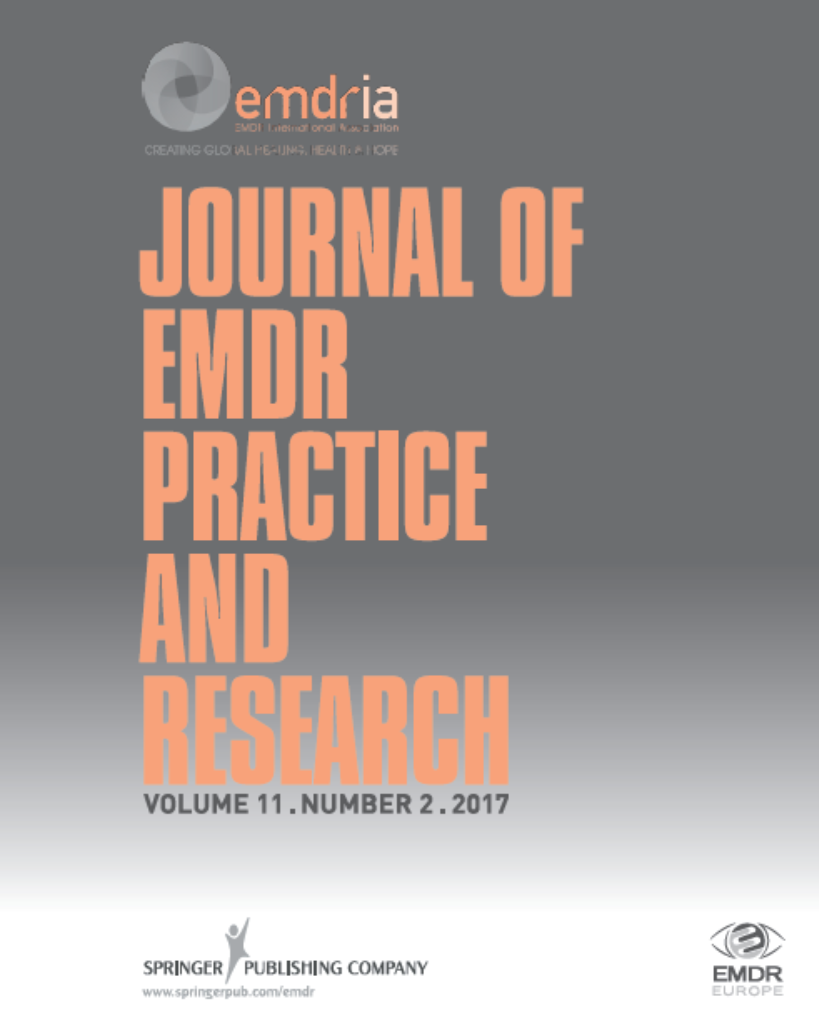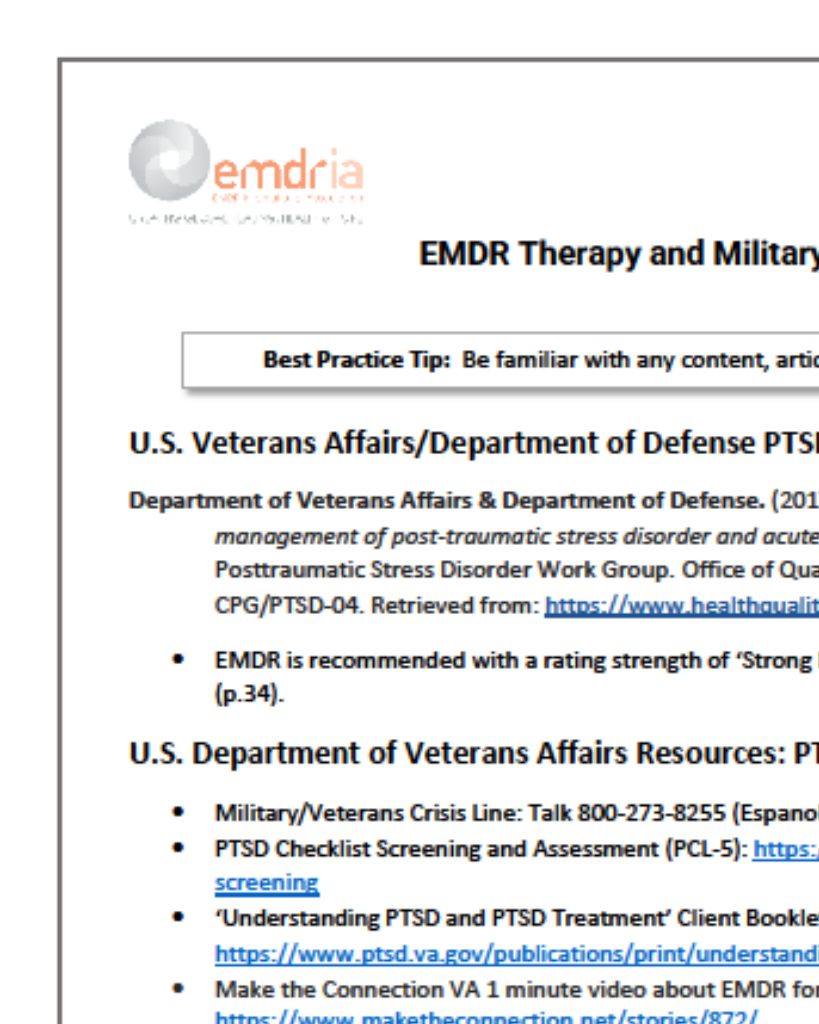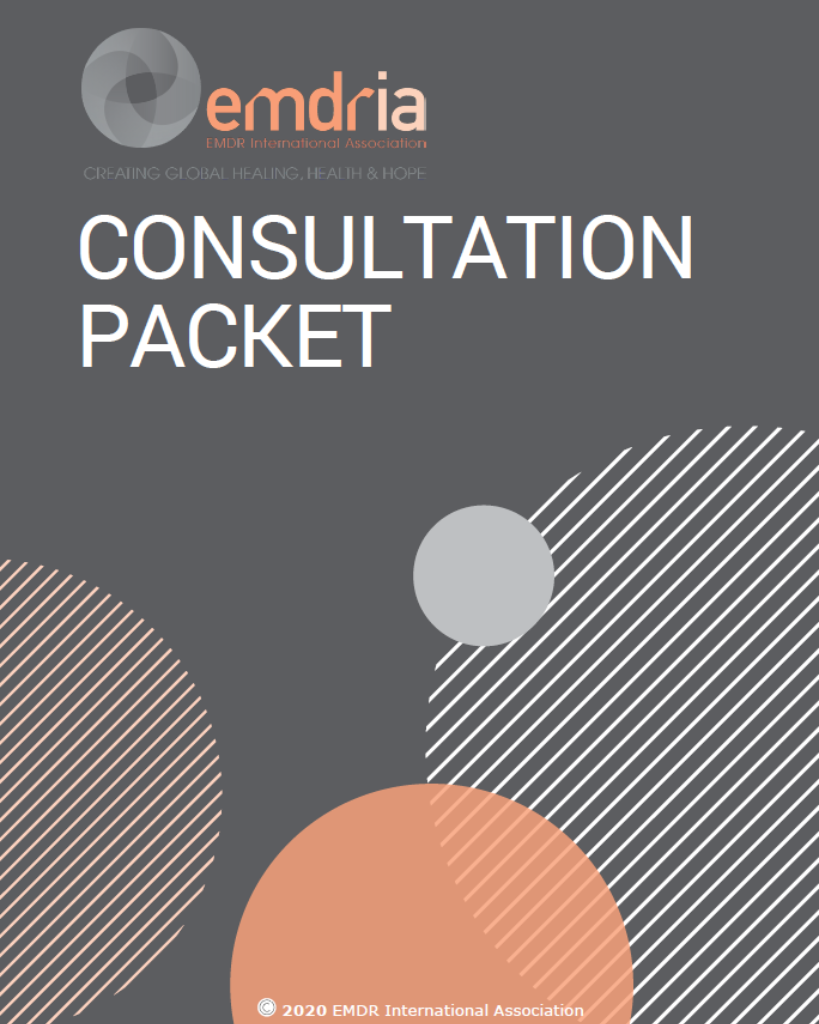EMDR Therapy: To Call Out Is to Strengthen
The description of EMDR therapy in a journal article was outlined less favorably than other empirically supported trauma interventions.
“In 2020, Harik, Grubbs, and Hamblen published an article in the Journal of Traumatic Stress (JTS) aiming to show that the format in which treatment information is presented impacts individuals’ preferences for posttraumatic stress disorder (PTSD) treatments. The authors presented their method as involving the unbiased description of various evidence-based PTSD treatments, which included EMDR therapy, cognitive processing therapy, prolonged exposure, stress inoculation training, and antidepressant medication. These descriptions were not provided within the paper itself, but were rather available as supplemental material on the journal’s website. Despite the stated endeavor of neutrality, the description of EMDR therapy was outlined less favorably than other empirically supported trauma interventions, and included the following statement: “Some experts believe that the side to side eye movements in EMDR are important. Other experts believe that the eye movements are not important, and that EMDR works by using ideas from other treatments (like cognitive-behavioral therapies)” (Harik et al., 2020, supplemental material, p. 3).”
—Description from publisher
Article Access
Open Access
Farrell, D., & Rydberg, J. A. (2022). EMDR Therapy: To Call Out Is to Strengthen (Editorial). Journal of EMDR Practice and Research, 16(3), 106–107. https://doi.org/10.1891/EMDR-2022-0027
About the Journal
The Journal of EMDR Practice and Research is a peer-reviewed publication devoted to integrative, state-of-the-art papers about Eye Movement Desensitization and Reprocessing. It is a broadly conceived interdisciplinary journal that stimulates and communicates research and theory about EMDR, and their application to clinical practice. The Journal of EMDR Practice and Research is the Official Publication of the EMDR International Association.
Date
September 1, 2022
Creator(s)
Derek Farrell, Jenny Ann Rydberg
Topics
PTSD
Extent
2 pages
Publisher
Springer Publishing Company
Rights
Copyright © 2022 EMDR International Association
APA Citation
Farrell, D., & Rydberg, J. A. (2022). EMDR Therapy: To Call Out Is to Strengthen (Editorial). Journal of EMDR Practice and Research, 16(3), 106–107. https://doi.org/10.1891/EMDR-2022-0027
Series
16
Installment
3
Audience
EMDR Therapists
Language
English
Content Type
Article
Original Source
Journal of EMDR Practice and Research
Access Type
Open Access





